Does wisteria need something to climb on?
davemichigan
13 years ago
Featured Answer
Comments (17)
gardengal48 (PNW Z8/9)
13 years agowoodyoak zone 5 southern Ont., Canada
13 years agoRelated Professionals
Oconomowoc Landscape Architects & Landscape Designers · Garden City Landscape Architects & Landscape Designers · Aurora Landscape Contractors · Waterbury Landscape Contractors · Barrington Landscape Contractors · Crystal Landscape Contractors · Danvers Landscape Contractors · El Segundo Landscape Contractors · Elkridge Landscape Contractors · Lemoore Landscape Contractors · Milford Landscape Contractors · Palatine Landscape Contractors · Pleasant Grove Landscape Contractors · Pomona Landscape Contractors · Shaker Heights Landscape Contractorswoodyoak zone 5 southern Ont., Canada
13 years agoKaveh Maguire Garden Design
13 years agomorz8 - Washington Coast
13 years agosewcrazynurse
13 years agomorz8 - Washington Coast
13 years agonutmeg4061
13 years agohosenemesis
13 years agonutmeg4061
13 years agobuyorsell888
13 years agolyvia
13 years agolarry41onebay
10 years agoechinaceamaniac
10 years agoUser
10 years agoauron22
10 years ago
Related Stories
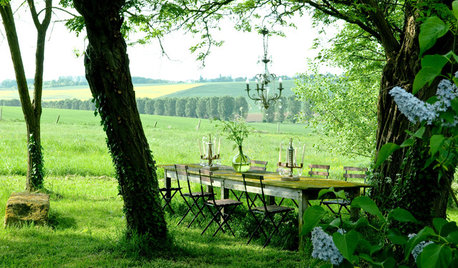
HOUZZ TOURSHouzz Tour: Wisteria and Light in the French Countryside
A stone’s throw from the gardens of Versailles, a former presbytery is now a dream weekend retreat
Full Story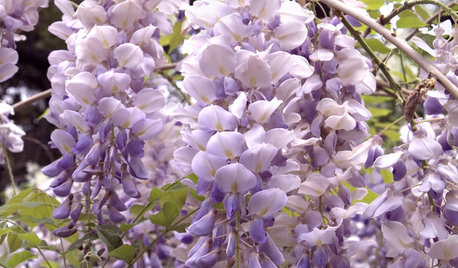
SPRING GARDENINGSpring Planting: Wonderful Wisteria
Classic Vines Add Fragrance, Color and Romance to Garden Designs
Full Story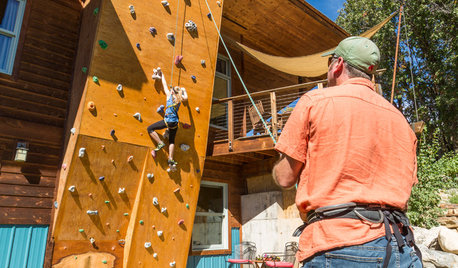
GREAT HOME PROJECTSGet a Grip on Climbing Walls
This fantasy home feature can be surprisingly within reach. Here's what it takes to get some climbing heaven at home
Full Story
KNOW YOUR HOUSEStair Design and Construction for a Safe Climb
Learn how math and craft come together for stairs that do their job beautifully
Full Story
DECORATING GUIDESRoom Doctor: 10 Things to Try When Your Room Needs a Little Something
Get a fresh perspective with these tips for improving your room’s design and decor
Full Story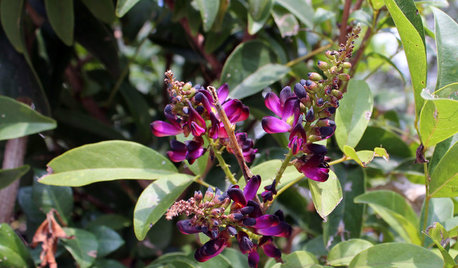
GARDENING GUIDESGreat Design Plant: Millettia Reticulata
Large purple flower clusters grace this robust climbing vine
Full Story
REMODELING GUIDESContractor's Tips: 10 Things Your Contractor Might Not Tell You
Climbing through your closets and fielding design issues galore, your contractor might stay mum. Here's what you're missing
Full Story
INDUSTRIAL STYLEKitchen of the Week: Style Trumps Ease in a San Francisco Loft
What’s a little ladder climbing when you’ve got a gorgeous-looking kitchen design like this?
Full Story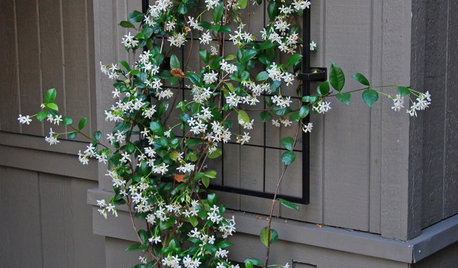
FEEL-GOOD HOMESimple Pleasures: Scent and Memory
Fragrant jasmine, fresh-brewed coffee, baking bread. Scents can evoke memories and bring sensory pleasure to our homes
Full Story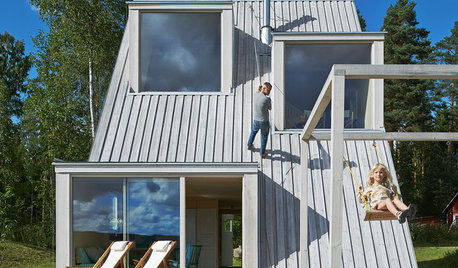
FUN HOUZZWorld of Design: 16 Fun Homes That Encourage Play
What does a fun home look like? These 16 very different properties around the world are designed with enjoyment in mind
Full StoryMore Discussions






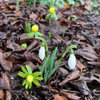
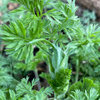

davemichiganOriginal Author